Preparing concrete substrates
 Audio for slide 2 (mp3 |6|KB)
Audio for slide 2 (mp3 |6|KB)
In addition to these substances on top of the surface, concrete subfloors sometimes have a weak or powdery surface layer due to spalling or laitance.
See Inspecting and testing subfloors for more details on these conditions.

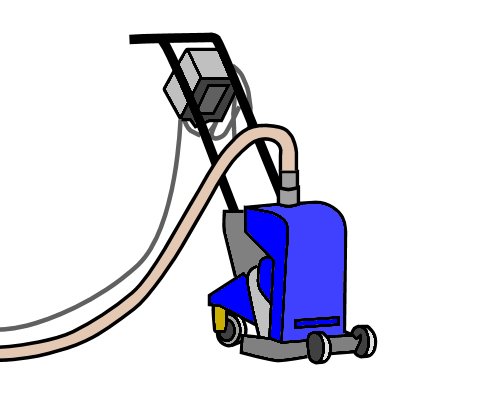 Audio for slide 5 (mp3 |6|KB)
Audio for slide 5 (mp3 |6|KB)
Depending on the amount of material that needs to be removed, you might use a grinder, shot blaster or scarifier.
See the learning activity below for a link to several video clips that demonstrate these techniques.
They are also explained in more detail in the unit: Concrete grinding.

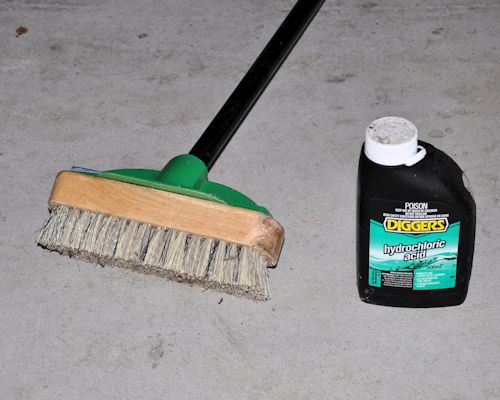 Audio for slide 6 (mp3 |6|KB)
Audio for slide 6 (mp3 |6|KB)
Acid washing
For certain surface contaminants, some people like to wash the concrete with acid.
However, this should only be used as a last resort, because most levelling compound manufacturers will not warrant their products unless the concrete surface has been mechanically ground.
If you do decide to acid wash the surface, be careful to keep the solution within the confines of the slab and to completely remove any residue when you finish.
Muriatic acid is generally used, which is a commercial grade of hydrochloric acid.

 Audio for slide 7 (mp3 |6|KB)
Audio for slide 7 (mp3 |6|KB)
Apply the solution with a watering can and use a stiff-bristled broom to spread it around the floor.
Once the reaction has taken place, wash it off and make sure that it is completely neutralised before leaving the floor to dry.
Note that acid washes are not effective in removing grease and oil. The same applies to solvent washes, which have a tendency to drive the contaminants further into the concrete pores.

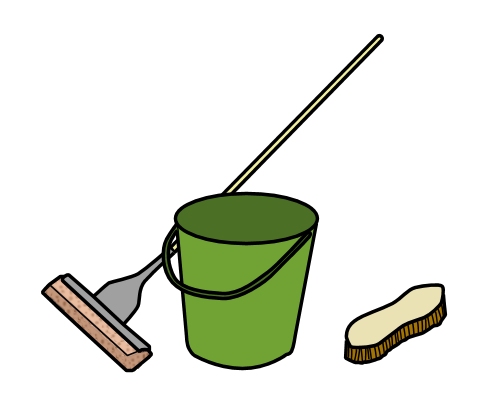 Audio for slide 8 (mp3 |6|KB)
Audio for slide 8 (mp3 |6|KB)
Degreaser and detergent
Grease and oil can often be removed by scrubbing with a degreaser or detergent if the contaminants haven't penetrated too far below the concrete surface.
Once you've finished, wash the concrete clean with water.
Then allow the surface to dry and mechanically grind it down to clean concrete before starting the topping process.

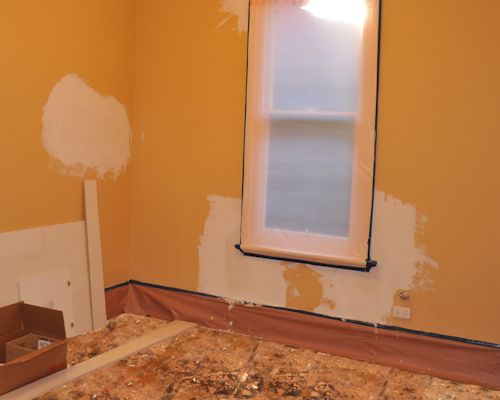 Audio for slide 9 (mp3 |6|KB)
Audio for slide 9 (mp3 |6|KB)
Dealing with 'cutback adhesive'
Cutback is a black asphalt-based adhesive that was once used to install vinyl tiles. It often contains asbestos fibres.
If the cutback is still firmly bonded to the floor, it's often easiest to leave it in place and only remove the thick accumulations and brittle or loose material.
This is done by wet scraping and mopping the floor to avoid the creation of dust.

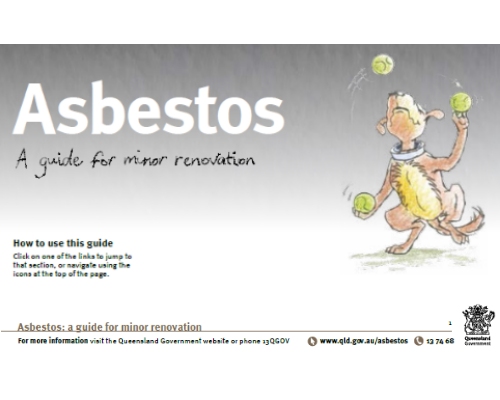 Audio for slide 10 (mp3 |6|KB)
Audio for slide 10 (mp3 |6|KB)
Always remember that you need to be very careful to minimise the amount of dust produced, and to wear protective clothing that's suitable for the job.
You must also follow proper disposal methods for asbestos based products.
For more information on this topic, see the Queensland Government publication: Asbestos - A guide for minor renovation.
There is also more information on how to identify and remove old asbestos-based vinyl and lino flooring in the unit: Resilient floor coverings.


Learning activity
Audio 11 (mp3 |6|KB)The link below will take you to some video clips produced by ConcreteNetwork.com on how to use:
- Concrete scarifiers
- Concrete shot blasters
- Concrete floor scrapers
- Squeegee vacuums.
Concrete Network surface preparation videos
There is also a video clip on moisture testing that includes a demonstration on how to carry out a calcium chloride test. You'll remember that we discussed the problems with this test in
Inspecting and testing subfloors.
What is wrong with the calcium chloride test, and why is it no longer acceptable under AS 1884-2012?

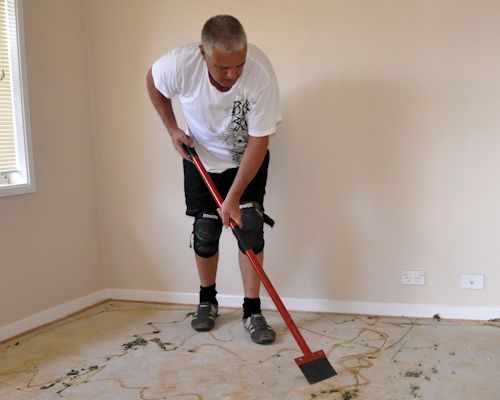


 Go to
Go to